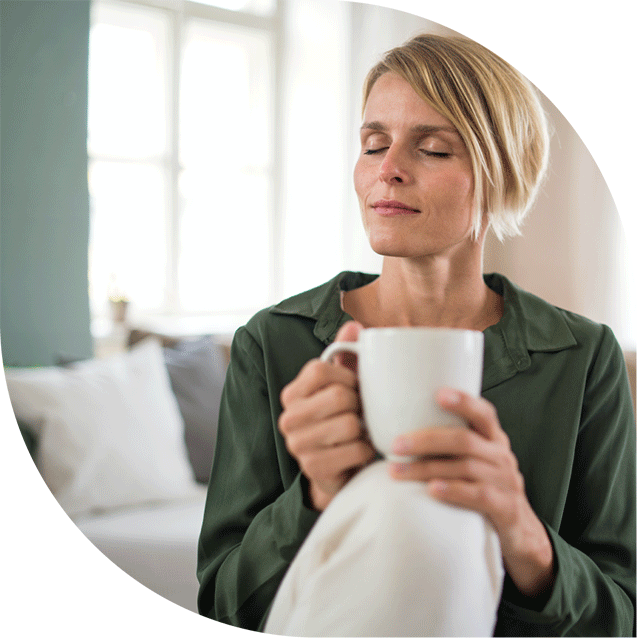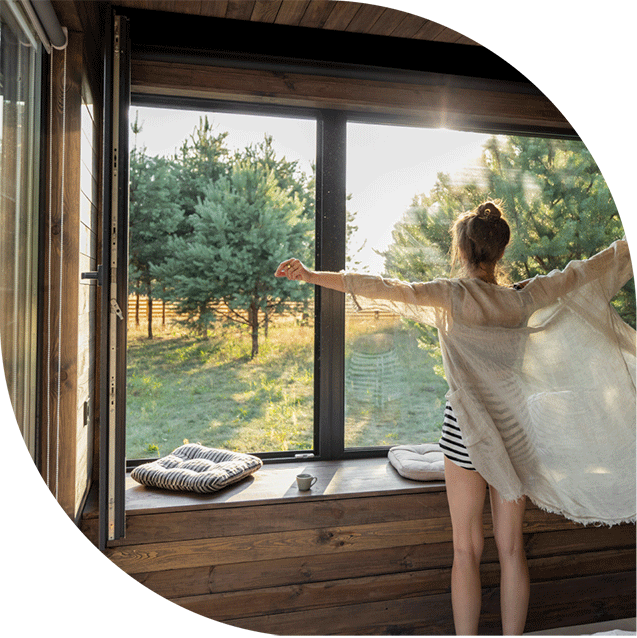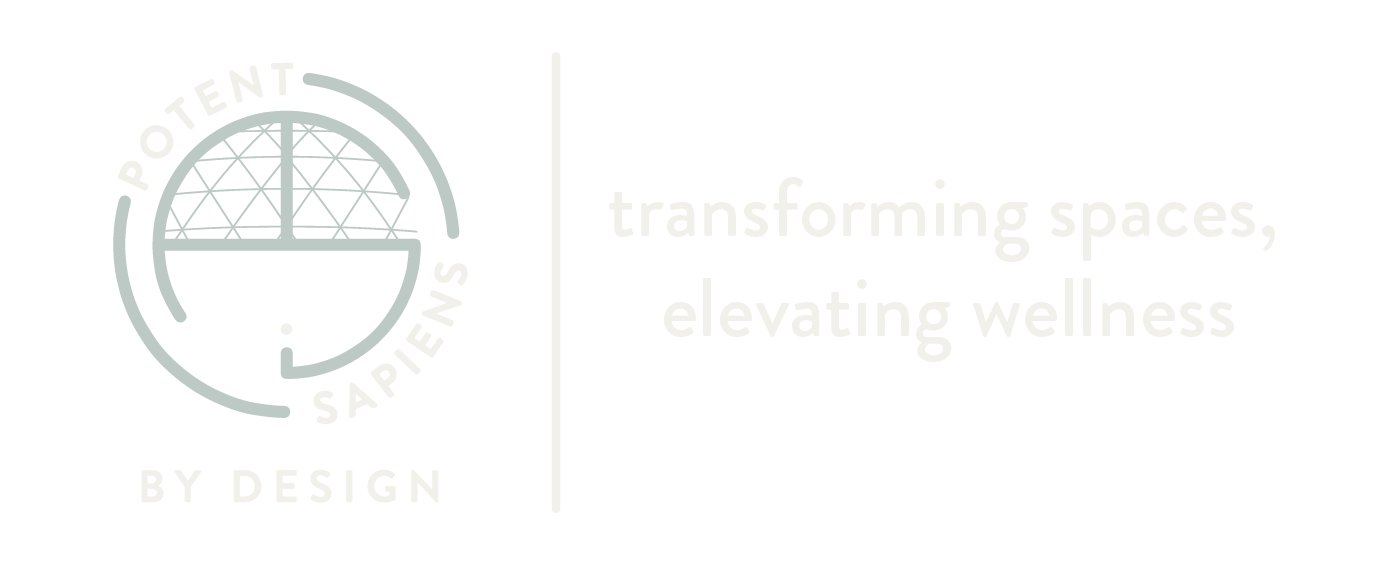WELLNESS INTERIOR DESIGN & LIFESTYLE CONSULTANCY
WELLNESS INTERIOR DESIGN & LIFESTYLE CONSULTANCY
WELLNESS INTERIOR DESIGN & LIFESTYLE CONSULTANCY
WELLNESS INTERIOR DESIGN & LIFESTYLE CONSULTANCY
WELLNESS INTERIOR DESIGN & LIFESTYLE CONSULTANCY
PS
PS
PS
PS
wellness interior design
wellness interior design
wellness interior design
wellness interior design
wellness interior design
for richer social connection
for future-proofing and longevity
for future-proofing and longevity
for future-proofing and longevity
for future-proofing and longevity
PS
PS
PS
PS
PS
Have you ever felt lonely at home or in the workplace despite being surrounded by people?
Whilst we are now more “connected” than ever with the help of the internet and technology, it also keeps us apart from those living or working under the same roof, leading to a lack of connectedness or a sense of belonging to a group or community.
Our need to connect with other human beings is in our DNA. We are wired for social connection. Since prehistoric times we have lived together in groups, benefiting from the protection, help, support, common identity and shared knowledge it provided. With increased globalisation, frequent job changes, physical distancing from family and friends, the progression of technology, hectic lifestyle and intense work schedules, the close support provided by these communities have disintegrated.
Have you ever felt lonely at home or in the workplace despite being surrounded by people?
Whilst we are now more “connected” than ever with the help of the internet and technology, it also keeps us apart from those living or working under the same roof, leading to a lack of connectedness or a sense of belonging to a group or community.
Our need to connect with other human beings is in our DNA. We are wired for social connection. Since prehistoric times we have lived together in groups, benefiting from the protection, help, support, common identity and shared knowledge it provided. With increased globalisation, frequent job changes, physical distancing from family and friends, the progression of technology, hectic lifestyle and intense work schedules, the close support provided by these communities have disintegrated.
Have you ever felt lonely at home or in the workplace despite being surrounded by people?
Whilst we are now more “connected” than ever with the help of the internet and technology, it also keeps us apart from those living or working under the same roof, leading to a lack of connectedness or a sense of belonging to a group or community.
Our need to connect with other human beings is in our DNA. We are wired for social connection. Since prehistoric times we have lived together in groups, benefiting from the protection, help, support, common identity and shared knowledge it provided. With increased globalisation, frequent job changes, physical distancing from family and friends, the progression of technology, hectic lifestyle and intense work schedules, the close support provided by these communities have disintegrated.
Have you ever felt lonely at home or in the workplace despite being surrounded by people?
Whilst we are now more “connected” than ever with the help of the internet and technology, it also keeps us apart from those living or working under the same roof, leading to a lack of connectedness or a sense of belonging to a group or community.
Our need to connect with other human beings is in our DNA. We are wired for social connection. Since prehistoric times we have lived together in groups, benefiting from the protection, help, support, common identity and shared knowledge it provided. With increased globalisation, frequent job changes, physical distancing from family and friends, the progression of technology, hectic lifestyle and intense work schedules, the close support provided by these communities have disintegrated.
Have you ever felt lonely at home or in the workplace despite being surrounded by people?
Whilst we are now more “connected” than ever with the help of the internet and technology, it also keeps us apart from those living or working under the same roof, leading to a lack of connectedness or a sense of belonging to a group or community.
Our need to connect with other human beings is in our DNA. We are wired for social connection.
Since prehistoric times we have lived together in groups, benefiting from the protection, help, support, common identity and shared knowledge it provided.
With increased globalisation, frequent job changes, physical distancing from family and friends, the progression of technology, hectic lifestyle and intense work schedules, the close support provided by these communities have disintegrated.
Research shows that many adults feel more isolated and lonely than ever, with 6% (approximately 3.3 million people in England) chronically lonely often or always. Surprisingly those aged 16-29 are over two times as likely to report feeling lonely than those over 70 (9.7% VS 3.7%), with those aged between 30-49 close behind at 8.2%
CAMPAIGNTOENDLONELINESS.ORG
Research shows that many adults feel more isolated and lonely than ever, with 6% (approximately 3.3 million people in England) chronically lonely often or always. Surprisingly those aged 16-29 are over two times as likely to report feeling lonely than those over 70 (9.7% VS 3.7%), with those aged between 30-49 close behind at 8.2%
CAMPAIGNTOENDLONELINESS.ORG
Research shows that many adults feel more isolated and lonely than ever, with 6% (approximately 3.3 million people in England) chronically lonely often or always. Surprisingly those aged 16-29 are over two times as likely to report feeling lonely than those over 70 (9.7% VS 3.7%), with those aged between 30-49 close behind at 8.2%
CAMPAIGNTOENDLONELINESS.ORG
Research shows that many adults feel more isolated and lonely than ever, with 6% (approximately 3.3 million people in England) chronically lonely often or always. Surprisingly those aged 16-29 are over two times as likely to report feeling lonely than those over 70 (9.7% VS 3.7%), with those aged between 30-49 close behind at 8.2%
CAMPAIGNTOENDLONELINESS.ORG
Research shows that many adults feel more isolated and lonely than ever, with 6% (approximately 3.3 million people in England) chronically lonely often or always. Surprisingly those aged 16-29 are over two times as likely to report feeling lonely than those over 70 (9.7% VS 3.7%), with those aged between 30-49 close behind at 8.2%
CAMPAIGNTOENDLONELINESS.ORG
Loneliness has become the unspoken epidemic, and sadly loneliness and isolation create a reinforcing loop that makes meaningful social connection harder to achieve, slowly taking a toll on all aspects of our mental and physical well-being, which in turn negatively impacts our performance at work, our social lives and our ability to weather disruptions, setbacks and uncertainty.
Medical science has been writing for years about the importance of social interactions as a critical component of health, happiness and longevity. Enhancing social connections in the home and workplace is crucial for fostering a positive and supportive environment. People who feel connected to others tend to experience better functioning physically, emotionally, and cognitively.
Imagine how it would feel to have a home or workplace that actively supported and encouraged meaningful social interaction. For many this could be life-changing!
Creating opportunities for shared experiences is vital to strengthening social connections in both the home and workplace. It requires the involvement of the occupants in the design process, prioritising flexibility and adaptability of the space and fostering a sense of community through intentional efforts, considering both physical and psychological aspects of social connection.
I can help you create spaces that encourage collaboration and foster open communication using wellness interior design principles; if you want to know how reach out for a free 45-minute Wellness Interior Design & Lifestyle Strategy Session using the yellow BOOK NOW tab on the right.
Loneliness has become the unspoken epidemic, and sadly loneliness and isolation create a reinforcing loop that makes meaningful social connection harder to achieve, slowly taking a toll on all aspects of our mental and physical well-being, which in turn negatively impacts our performance at work, our social lives and our ability to weather disruptions, setbacks and uncertainty.
Medical science has been writing for years about the importance of social interactions as a critical component of health, happiness and longevity.
Enhancing social connections in the home and workplace is crucial for fostering a positive and supportive environment.
People who feel connected to others tend to experience better functioning physically, emotionally, and cognitively.
Imagine how it would feel to have a home or workplace that actively supported and encouraed meaningful social interaction. For many this could be completely lifechanging.
Creating opportunities for shared experiences is vital to strengthening social connections in both the home and workplace.
It requires the involvement of the occupants in the design process, prioritising flexibility and adaptability of the space and fostering a sense of community through intentional efforts, considering both physical and psychological aspects of social connection.
I can help you create spaces that encourage collaboration and foster open communication using wellness interior design principles; if you want to know how reach out for a free 45-minute Wellness Interior Design & Lifestyle Strategy Session using the yellow BOOK NOW tab on the right.
transforming spaces, elevating wellness
transforming spaces, elevating wellness
transforming spaces, elevating wellness
transforming spaces, elevating wellness
transforming spaces, elevating wellness
CLICK OUR PILLARS OF WELLNESS BELOW TO LEARN MORE ABOUT
CLICK OUR PILLARS OF WELLNESS BELOW TO LEARN MORE ABOUT
CLICK OUR PILLARS OF WELLNESS BELOW TO LEARN MORE ABOUT
CLICK OUR PILLARS OF WELLNESS BELOW TO LEARN MORE ABOUT
CLICK ON THE IMAGES BELOW TO EXPLORE OTHER WAYS I CAN HELP YOU DESIGN YOUR ENVIRONMENT FOR SUCCESS
This site will occasionally contain (paid) links to and quotation of material from other sites. Potent Sapiens Ltd is not responsible for the content or the privacy practices of other sites and expressly disclaims any liability arising out of such content or practices. Under no circumstances does Potent Sapiens Ltd accept responsibility for, nor shall Potent Sapiens Ltd be liable for any damages or detriment arising out of content, practices, or other media of third party links.
This site will occasionally contain (paid) links to and quotations of material from other sites. Potent Sapiens Ltd is not responsible for other sites' content or their privacy practices and expressly disclaims any liability arising from such content or practices. Under no circumstances does Potent Sapiens Ltd accept responsibility for, nor shall Potent Sapiens Ltd be liable for any damages or detriment arising out of content, practices, or other media of third-party links.
This site will occasionally contain (paid) links to and quotation of material from other sites. Potent Sapiens Ltd is not responsible for the content or the privacy practices of other sites and expressly disclaims any liability arising out of such content or practices. Under no circumstances does Potent Sapiens Ltd accept responsibility for, nor shall Potent Sapiens Ltd be liable for any damages or detriment arising out of content, practices, or other media of third party links.
Potent Sapiens is a limited company registered in England and Wales with the registered number 11160341
© Potent Sapiens
This site was designed and built by tina@potentsapiens.













